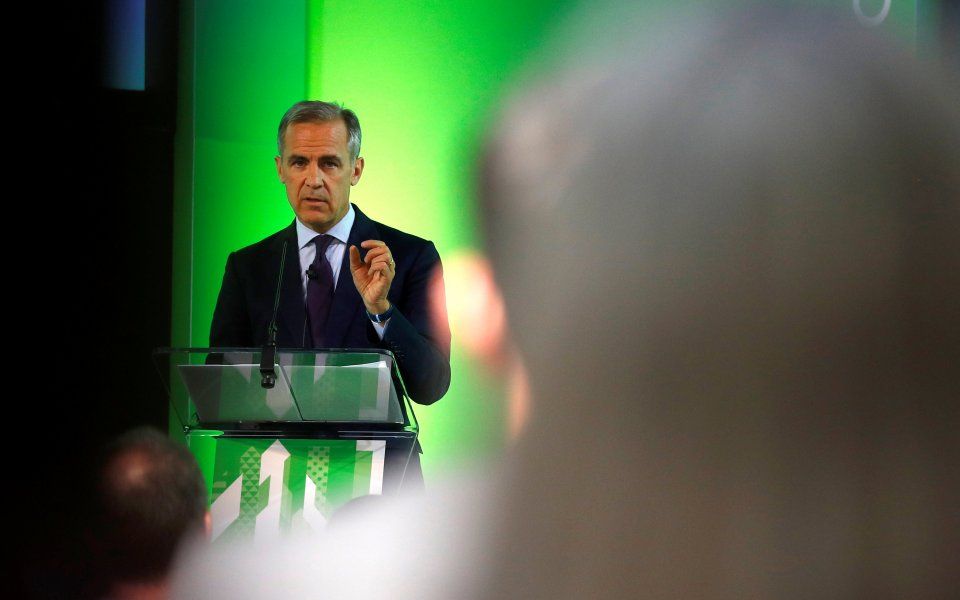The Bank of England’s own data negates Carney’s overhyped house price warning

No one can tell them quite like Mark Carney, the governor of the Bank of England.
He appears to have briefed the cabinet last week that house prices could fall by 35 per cent in the event of a no-deal Brexit.
To be fair, the Bank did try to qualify this figure by saying that it was just the worst of several scenarios which analysts had produced in order to stress test the balance sheets of the commercial banks.
Read more: Mark Carney warns house prices could fall by a third in a no-deal Brexit
But the 35 per cent house price drop has now become embedded in the public narrative about Brexit.
Just how likely is such a massive drop to take place?
We do not know exactly how the Bank did its stress tests. But, typically, the worst-case scenario in such tests is either one which is judged to have a one in 20 chance of happening, or, if you are setting really demanding standards for the test, just a one in 100 chance.
When trying to assess these odds, an important input is what has happened in the past. The past may of course not be a reliable guide to the future, but it is all we have to go on.
An analogy from the sporting world might help. Every year, three clubs from the Championship are promoted to the Premier League. What are the chances of one of them being relegated after their first season in the top league?
We can look at the historical record since the Premier League began in 1992/93, which helps us form an initial view. We might then qualify it, and set the benchmark – a 44 per cent chance of relegation, since you ask.
With house prices, we can go much further back in time, as far back as 1845 to be exact. And the source of this information on nearly two centuries of house prices data is none other than the Bank of England itself.
Over all this time, there has never been a cumulative fall in the Bank’s house price series of as much as 35 per cent.
The closest we have seen was in the opening decade of the twentieth century in the run-up to the First World War. The UK economy was pretty much in the doldrums, and between 1902 and 1909, prices fell by a total of 33 per cent.
Nothing else remotely compares to this drop.
There have been two global financial crises over this period. In the 1930s, house prices fell by only seven per cent between 1929 and 1934.
And following the most recent crash, the reduction between 2007 and 2009 was 13 per cent.
In America, the Case Shiller house price index was 21 per cent lower in 2011 than it was in 2006, but this is the largest fall in that particular database.
The governor is therefore inviting us to believe that, in the event of a no-deal Brexit, house prices may fall by more than they have ever fallen since the Bank’s own data began in 1845.
How did the Bank arrive at this figure? I think we should be told.
Read more: London house prices set to hit lowest growth levels since financial crash
